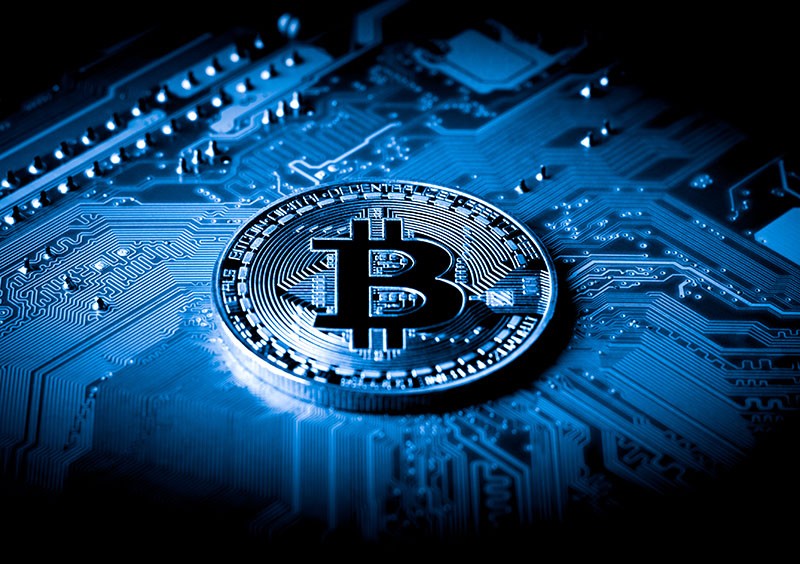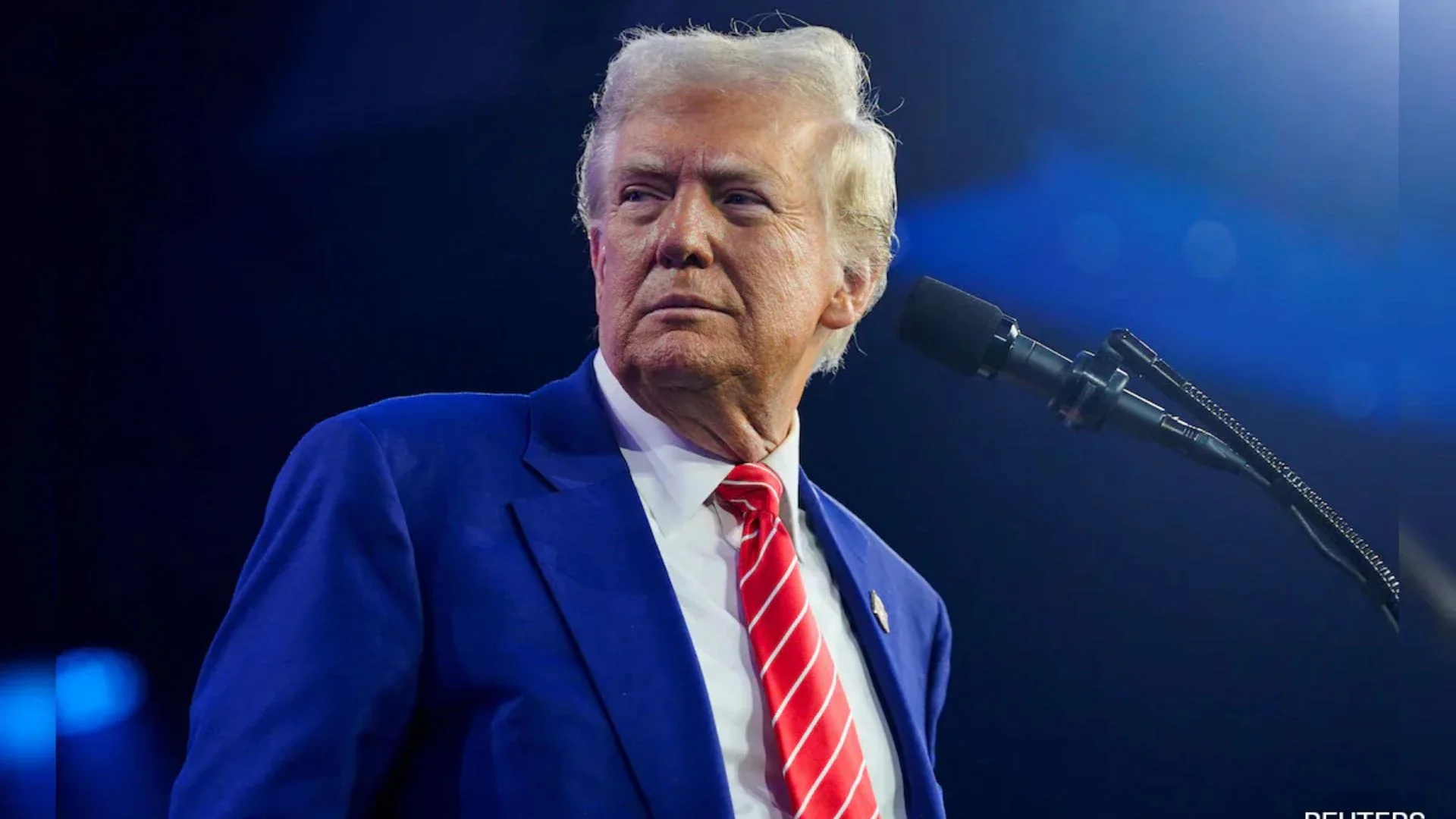In recent years, the world of finance has witnessed a significant transformation with the emergence of digital assets and blockchain technology. Cryptocurrencies have gained popularity and are gradually being integrated into mainstream financial systems. Among these digital currencies, USD Coin (USDC) has emerged as a prominent stablecoin, providing a bridge between traditional finance and the world of digital assets. In this article, we will explore the integration of USDC in payment systems, its benefits, and the impact it has on the financial landscape. Embrace the digital revolution and learn about the Bitcoin-Adopting Banks around the world.
The Rise of USDC
Understanding USDC
USD Coin (USDC) is a stablecoin denoted by the ticker symbol USDC, using smart contracts for transparency and security. Pegged to the value of the United States dollar, USDC offers stability and liquidity, making it an attractive digital asset for various use cases. Its reliable value, fast transactions, and programmable money features enable innovative financial applications, while being issued by regulated financial institutions ensures compliance and user confidence. With a 1:1 ratio of reserves to the US dollar, USD Coin provides a stable and trusted option for individuals and businesses seeking secure and efficient digital transactions.
Adoption and Growth
Since its launch in 2018, USDC has gained significant traction and witnessed substantial growth in adoption. Its market capitalization has soared, with an increasing number of individuals, businesses, and institutions utilizing USDC for transactions, investments, and as a store of value. The integration of USDC into payment systems has further propelled its popularity and usability.
USDC Integration in Payment Systems
Enabling Efficient Cross-Border Payments
One of the key advantages of integrating USDC into payment systems is its ability to facilitate efficient cross-border transactions. Traditional cross-border payments are often time-consuming, costly, and subject to intermediaries. USDC eliminates many of these challenges by leveraging blockchain technology to enable fast, low-cost, and secure transfers. By integrating USDC into payment systems, individuals and businesses can transact globally without the need for multiple currency conversions and lengthy settlement processes.
Enhanced Financial Inclusion
USDC integration in payment systems contributes to enhanced financial inclusion by providing access to digital financial services for individuals who are unbanked or underbanked. Traditional banking services may be inaccessible to many people due to factors such as geographical constraints, lack of identification documents, or limited financial resources. By utilizing USDC, individuals can participate in the global economy, store value, and transact digitally without relying on traditional banking infrastructure.
Mitigating Volatility Risks
Volatility is a common concern associated with cryptocurrencies. However, stablecoins like USDC aim to address this issue by maintaining a stable value relative to a fiat currency, typically the U.S. dollar. By integrating USDC into payment systems, merchants and service providers can accept digital payments without the inherent volatility risks associated with other cryptocurrencies. This stability provides greater confidence and encourages broader adoption of digital assets in everyday transactions.
Streamlining Merchant Settlements
USDC integration simplifies merchant settlements by providing faster and more efficient transaction processing. Traditional settlement processes often involve multiple intermediaries, resulting in delays and increased costs. With USDC, settlements can occur in near real-time, reducing the settlement period and enabling merchants to access their funds quickly. This streamlined process enhances cash flow management for businesses and improves overall operational efficiency.
Enabling Programmable Payments
Smart contracts play a vital role in USDC integration, enabling programmable payments that can be executed automatically based on predefined conditions. By leveraging the capabilities of smart contracts, payment systems can be designed to release funds only when specific conditions are met, such as the completion of a service or the delivery of goods. This feature enhances security, transparency, and trust in the payment process, benefiting both buyers and sellers.
Conclusion
USDC integration in payment systems bridges the gap between traditional finance and the digital asset ecosystem. By leveraging the benefits of USDC, such as efficient cross-border transactions, enhanced financial inclusion, and mitigated volatility risks, payment systems can provide users with a seamless and secure experience. As the adoption of digital assets continues to grow, the integration of stablecoins like USDC will play a pivotal role in shaping the future of global finance.























